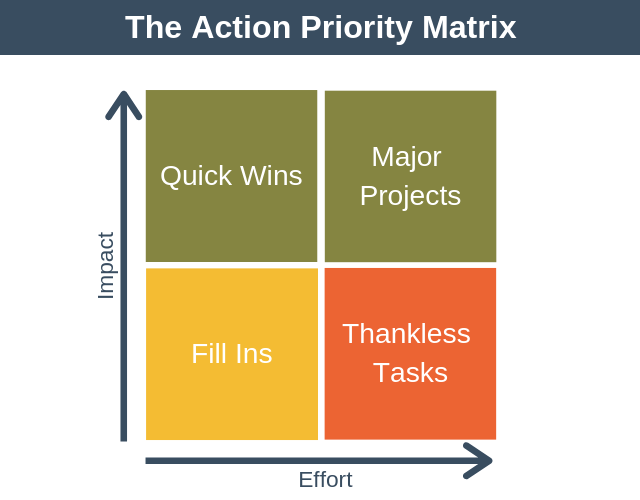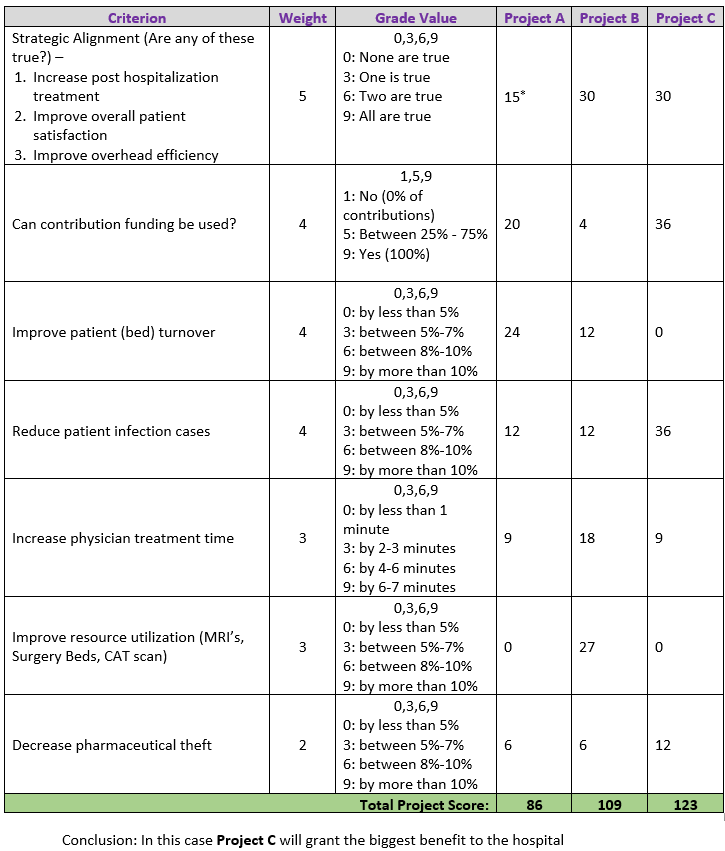
(ECI) established the goal of becoming customers’ supplier of choice. Example:Ī semiconductor company that the authors call Electronic Circuits Inc. Putting income and expense values on every production process helped plant supervisors see where process improvements and capital investments could generate the highest returns. For example, a chemical company created a daily financial statement. Financial measures are essential for indicating whether executives have correctly identified and constructed their measures in the three foregoing areas-but they can also help determine future direction. implemented a “ten-four” improvement program, requiring reductions in key adverse measures (defects, missed deliveries, and scrap) by a factor of ten over four years.Ĥ.

They measure continual improvements to existing products and processes and introduction of new products with expanded capabilities. Measures in this area indicate future success. Company managers then made sure to “decompose” the measures to department and workstation levels, where much of the action took place.ģ. ECI developed operational measures for submicron technology capability, manufacturing excellence, design productivity, and new product introduction. Focus on the core competencies, processes, decisions, and actions that have the greatest impact on customer satisfaction.

The balanced scorecard requires specific measures of what customers get-in terms of time, quality, performance and service, and cost.Ģ. Today’s typical corporate mission says something general about customers. That way, you’ll be more likely to get the performance you need to succeed.ġ. When building a balanced scorecard, tailor the measures to fit your company’s particular challenges.

What you measure is what you get: the measures you use strongly affect the behavior of your managers and employees. Tracking all the important measures at once guards against suboptimization-that is, achieving gains in one area at the expense of another. Next, identify the handful of measures that are most critical to your company’s success in each of the four perspectives. How can we continue to improve and create value? What internal processes must we excel at?ģ. Together, they give you a more complete view of how your company has been performing, as well as where it’s headed.Ī balanced scorecard asks you to think of your company’s mission and strategy from four key perspectives:Ģ. It’s a set of interrelated gauges that links seemingly disparate information about a company’s finances and operations. Think of a balanced scorecard as the instrument panel in the cockpit of an airplane. In the same way that you can’t fly an airplane with just one instrument gauge, you can’t manage a company with just one kind of performance measure.


 0 kommentar(er)
0 kommentar(er)
